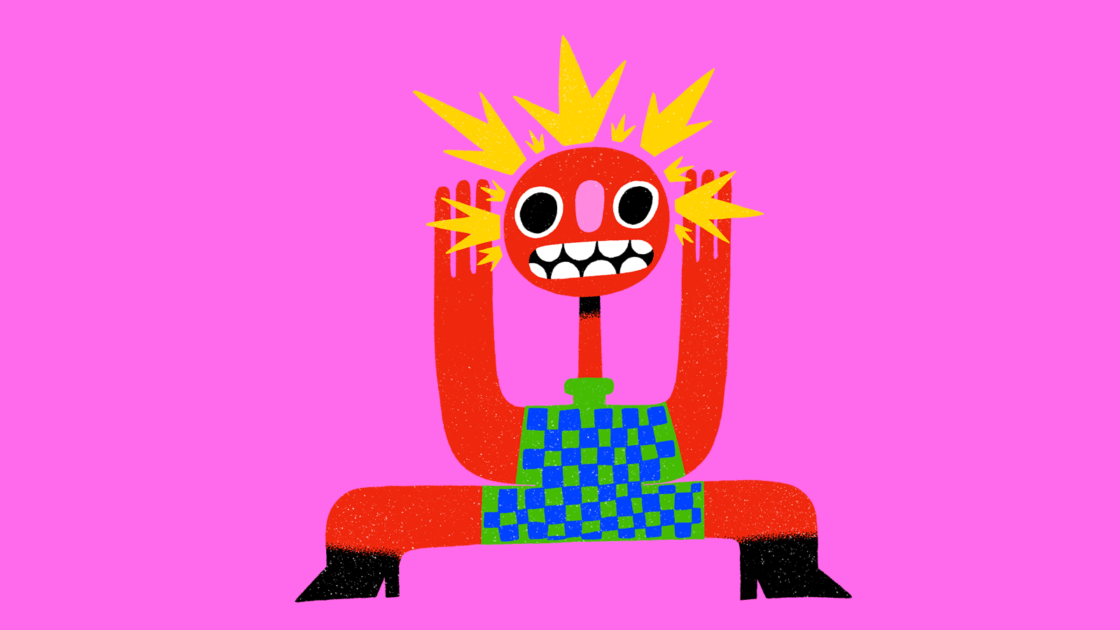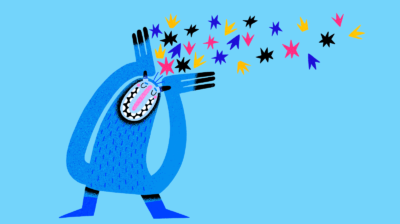How to change your thought patterns
Your thought patterns can sometimes distort how you see the world and contribute to mental health issues. Learn about steps you can take to reframe thoughts that are having a negative impact on your life.

Your thoughts shape how you see yourself and experience the world. They help you understand what’s happening around you and help you identify your needs, spot potential dangers, and choose what to do next.
Your thoughts aren’t always an accurate reflection of the world, even if they feel very real. They can become biased and can be influenced by experiences in your past. When your thinking becomes biased, it can affect your judgments and decisions. When this happens, your thinking can cause difficulties in your life.
What are biased thought patterns?
Biased thought patterns are a collection of thinking styles that can cause issues in your life and negatively impact your mental health. Psychologists call these thought patterns ‘cognitive distortions’. Biased thought patterns cause you to view reality in inaccurate and overly-negative ways. Everyone thinks in these ways from time to time, but when these thought patterns become reinforced over time, they can increase anxiety, lower your mood, cause pressure in your relationships, and lead to other challenges and complications. Psychologists have found that biased thought patterns play a role in the development of many different mental health conditions.
People often develop these biased thought patterns as a way of coping with stressful or traumatic experiences. The more prolonged and severe those experiences are, the more likely it is that these thinking patterns will develop.
Can you change your thought patterns?
Your thoughts often happen automatically and you might not always be aware of them. Over time, they can become so reinforced that you don’t realise you have the power to change them and believe that’s just the way things are. The good news is there are things you can do to change your thought patterns in ways that reduce stress and support your mental health.
The process of identifying thoughts that are causing issues for you, challenging those thoughts, and then changing them is called cognitive reframing. This is a powerful tool for managing your mental health because it helps you see that your initial conclusions are often only one possible explanation for what’s happening. It helps you stay curious about your thoughts, approach challenges in more flexible ways, and respond to them more effectively.
How to reframe your thinking
Learning how to reframe your thinking allows you to view situations from different perspectives so you can make more informed decisions. You can practice reframing your thoughts at any time using simple techniques. If your thought patterns are negatively impacting your mental health, it can be helpful to learn how to reframe those thought patterns with the support of a therapist. Here are some steps you can take if you want to reframe your thinking:
Practice noticing your thought patterns
The first step in reframing your thought patterns is building a mindful awareness of the thoughts you are having. Observing your thoughts can be tricky, but it gets easier with practice. Ask yourself what stories you are telling yourself about the situation you’re in. Explore how different types of thoughts can influence how you feel. It can help to familiarise yourself with common thought patterns that can cause issues for people. Learn more about common biased ways of thinking by reading our factsheet on common thought patterns and how they can affect your life.
Some people find mindfulness exercises helpful when they’re trying to tune in to their thoughts. It’s important to notice your thoughts without judging them. Remember that you don’t have to feel bad for having a thought, and you are in control of how you respond to your thoughts.
Gathering evidence for thoughts
Biased thought patterns give you an inaccurate view of the world around you. This means that your thoughts about a situation might not reflect what’s actually happening. Once you have identified a thought, compare it to the facts of the situation. Ask yourself if there is any evidence supporting the thought, or any evidence that doesn’t support it.
If you can’t find much evidence for a thought, or if there are things that contradict what you’re thinking, these are signs to let go of that thought. For example, if you are spending time with your friend and they are much quieter than usual, you might think that they find you boring. You might consider the fact that they are being quiet as evidence that supports this thought. On the other hand, the fact that they are your friend and are choosing to spend time with you are signs that your thought might not be accurate. The next step is to explore some other explanations.
Explore alternative explanations
Once you have weighed up the evidence for and against your thought, consider if there are alternative thoughts that fit your situation better. Going back to the example of your friend being quieter than usual, another explanation for this might be that they’re just tired, or that they are worried about something completely unrelated to you.
You don’t have to believe the alternative thought right away, but over time, getting into the habit of considering other points of view helps you to think more flexibly. Being able to find alternative explanations can help you avoid getting stuck in biased thought patterns.
How working with a therapist can help
Biased thinking patterns can be hard to recognise if you don’t know what to look for. Many occur automatically, so you might not be aware you’re having them. These biased thought patterns can also be so reinforced that you might not realise you have the power to change them and believe that’s just the way things are. If you recognise that you’re engaging in some of these ways of thinking and they’re having a negative impact on your mental health, it can be challenging to change them on your own. Professionals who are trained in evidence-based therapies like cognitive behavioural therapy (CBT) can help you change biased thinking patterns through a process called cognitive restructuring. By working with a therapist, you can explore how different thinking patterns are helping or hindering you and reframe problematic thought patterns in safe and structured ways.
There are many different evidence-based talk therapies, and what works well for someone else might not be the best approach for you. If you are thinking about starting therapy to help with your thinking patterns, explore the different types of therapy that are available to you and don’t be discouraged if your first experience isn’t the best fit. Therapy is a very personal thing, and it can take time to find the right therapy for you.
Feeling overwhelmed and want to talk to someone?
- Get anonymous support 24/7 with our text message support service
- Connect with a trained volunteer who will listen to you, and help you to move forward feeling better
- Whatsapp us now or free-text SPUNOUT to 50808 to begin.
- Find out more about our text message support service
If you are a customer of the 48 or An Post network or cannot get through using the ‘50808’ short code please text HELLO to 086 1800 280 (standard message rates may apply). Some smaller networks do not support short codes like ‘50808’.






